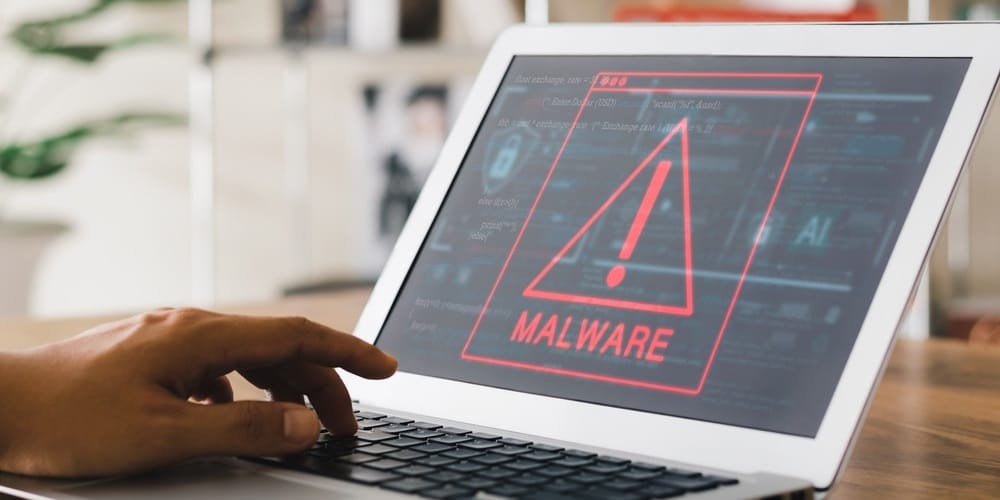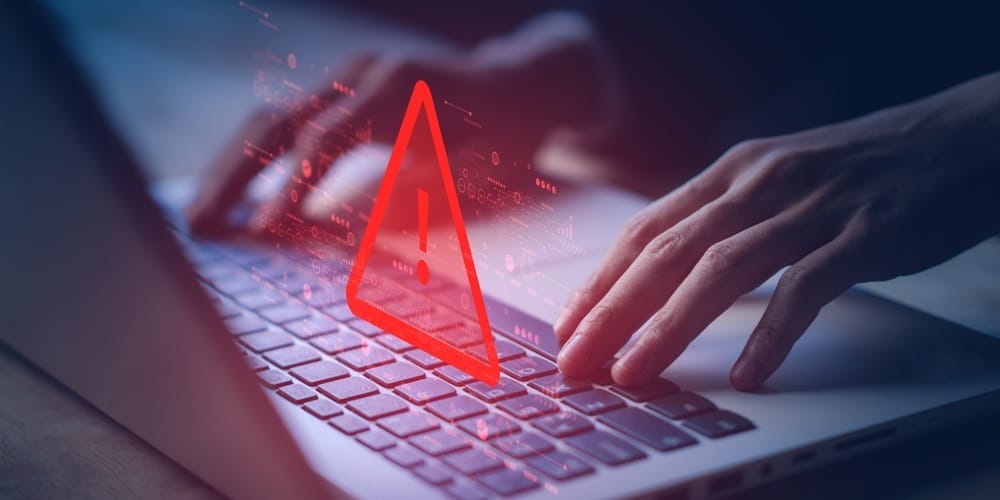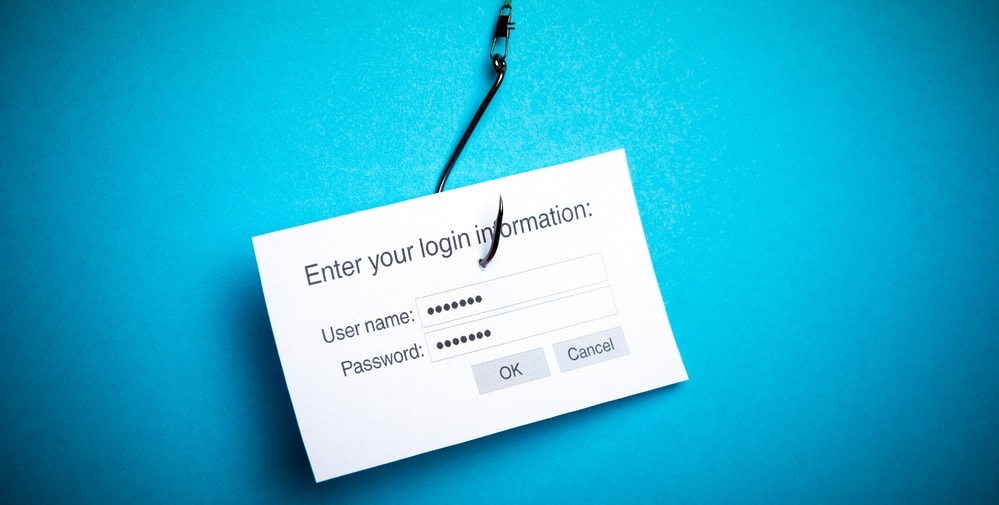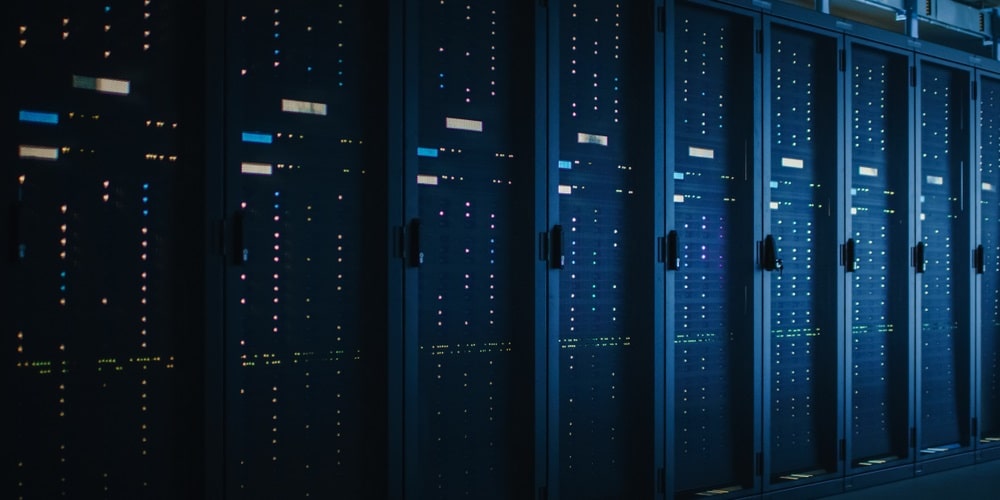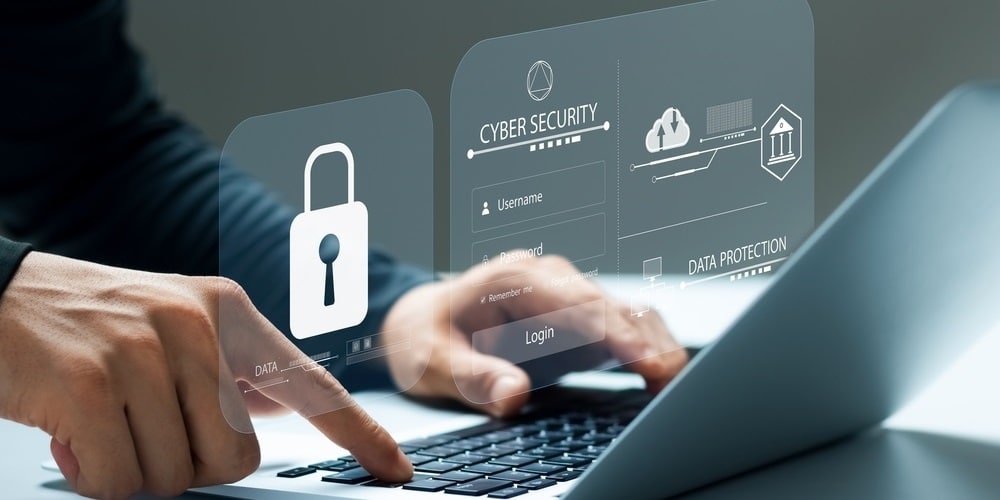Imagine this: you're sipping your morning coffee, scrolling through emails, and suddenly, a cyberattack notification pops up. Sounds familiar, right? In today's world, where digital technology is as common as our daily coffee, cyber threats have unfortunately become an undeniable reality. The leap into a more connected world, especially post-pandemic with remote work becoming the norm, has given cybercriminals a larger playground.
As we move forward, it's expected that security threats will not only become more complex but also increasingly costly. By 2025, it's estimated that these costs could escalate to a staggering $10.5 trillion. But here’s the thing – while these cyber threats are evolving, so are we. The increase in cybercrime, by 600% from the pandemic, is indeed alarming. But it also pushes us to be more proactive and smarter about our digital security.
So, what’s the plan for 2024? How do we keep our digital lives secure? As we delve into the top cyber threats of 2024, it's essential to remember that knowledge is power. This article aims to arm you with the latest insights and proactive strategies to safeguard yourself and your organization in the digital domain. Stick with us as we explore the top cyber threats of 2024 and arm you with the know-how to protect yourself and your business.
Let’s get started.
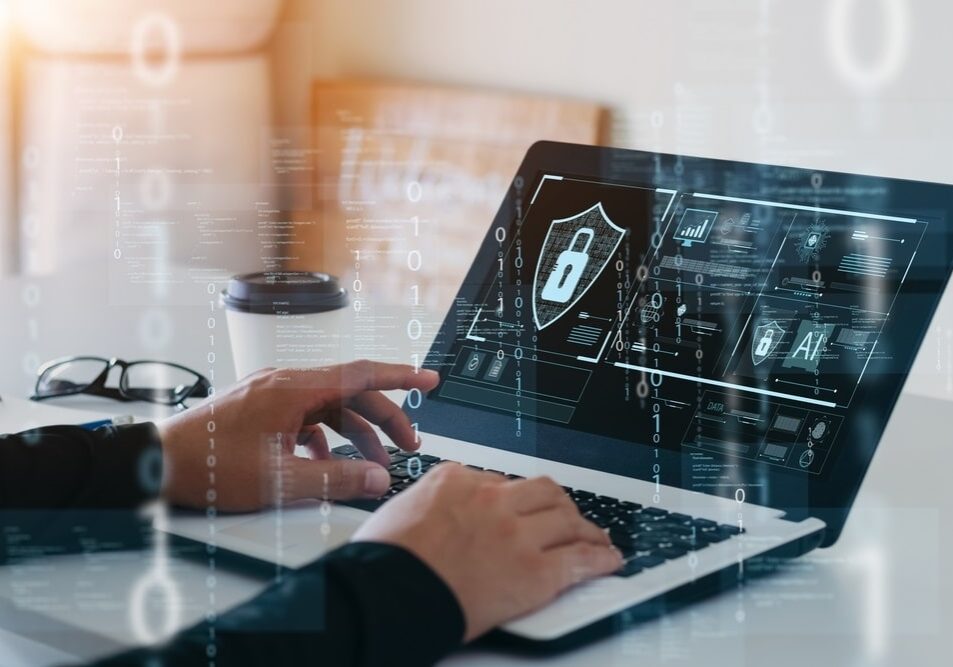
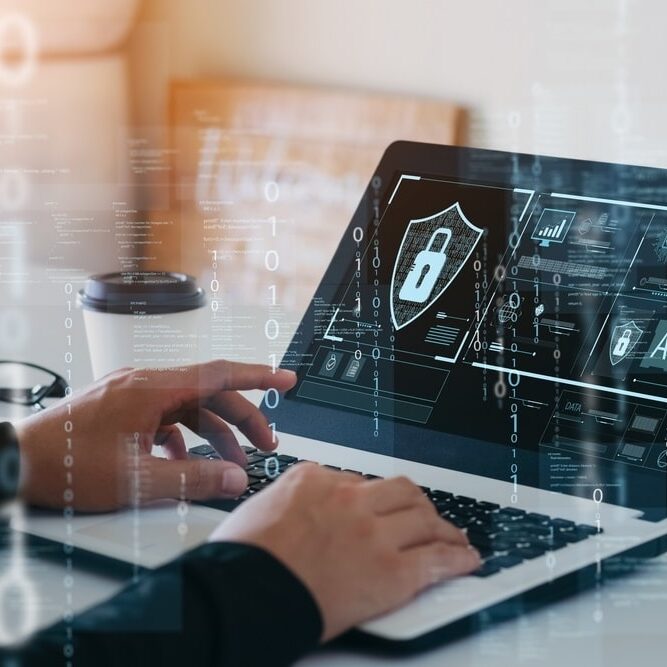
Understanding the Real Risk of the Top Cyber Threats of 2024
Are cyber attacks just media hype, or are they a genuine threat we should all know?
The truth is stark and simple: cybersecurity is often overlooked until it's desperately needed.
In fact, in just one quarter of 2022, the number of data breach victims skyrocketed by 210%, and what's more alarming is the increase in breaches without a clear root cause.
These breaches aren't just numbers; they carry hefty business continuity costs, averaging a staggering $4.35 million per incident. And in scenarios where remote work is involved, this cost jumps by an additional $1 million. It's a clear indication that cyber attacks, hacking, and data breaches aren't just buzzwords – they're real threats with significant financial impacts.
Yet, the irony lies in prevention. Many of these cyber incidents could have been mitigated with proper risk management and a proactive digital security strategy. Whether you're navigating through a digital transformation or concerned about data protection, it's time to get acquainted with the top cyber threats of 2024.
Let's take a closer look.

What are the Impacts of Cyber Threats?
Cyber attacks can leave a mark on a business that ranges from a slight hiccup to a full-blown financial catastrophe. And it doesn't end with just a one-time hit; every attack carries costs that might stick around for weeks or even months, weighing down various aspects of an organization.
Some of the key areas where a business might feel the sting includedirect financial losses, dips in productivity as teams scramble to respond, a tarnished reputation among customers and partners, potential legal action if customer data is compromised, and disruptions that can throw a wrench in day-to-day operations.
Ransomware, in particular, has been flexing its muscles as an increasingly common threat. A startling 70% of businesses reported falling prey to ransomware in 2022 alone. And things are accelerating—from the stats, we're looking at a shift where such attacks could happen as frequently as every 11 seconds by 2021. These figures come from Cybersecurity Ventures, and they paint a grim picture. Ransomware slams the brakes on your access to your own computer systems or data, neck-deep in a hold-up until the demanded ransom is paid to the felons behind the screen. With consequences this dire, preventive measures, backup strategies, and continuous monitoring have become not just proactive steps, but essential investments to guard against these digital shakedowns.
How to Prevent Cyber Threats in 2024
In the face of growing cyber threats, taking steps to safeguard your data is more critical than ever. Beyond ensuring you have the right insurance in place, understanding the unique data breach laws of your state is vital, as these dictate how you must respond to breaches, including notifications and penalties.
Here are some strategies to help lower the risk of cyber incidents:
By implementing these measures, organizations can strengthen their defense against the myriad of cyber threats loitering online, ready to exploit any chink in the armor of their digital security.
Small Enterprise Technology Specializes in Keeping Your Network Running
The dynamic landscape of cybersecurity, marked by threats like social engineering, malware, and pharming, continues to evolve and challenge businesses of all sizes. In this environment, safeguarding digital assets and ensuring operational continuity is more crucial than ever. Fortunately, Small Enterprise Technology (SET) exists for business like yours as more than just a service provider; we are the steadfast partners for small and medium-sized businesses in this technological age with unwavering commitment.
At SET, we recognize the necessity for robust cybersecurity. Our End Point Detection and Response (EDR) solutions, fortified with integrated antivirus software, stand as a testament to our proactive approach in safeguarding your company's data.

Exceptional security standards should not be exclusive to the corporate giants; they are within reach for every dedicated business striving toward excellence. SET's custom policies and a forward-thinking client relations model are the fabric of our commitment to your security. Peace of mind no longer needs to be a pursuit—it's a promise we make and keep.
Together, we will not only meet but exceed cybersecurity compliance requirements. SET is poised to enhance your security landscape. Contact us, and let's secure your success in this increasingly digital domain.
Are you ready to protect your business from the ever-evolving threats of the digital world?
Small and medium-sized businesses face unique challenges in cybersecurity, and Small Enterprise Technology (SET) is here to be your steadfast partner in this journey.
Our End Point Detection and Response (EDR) solutions, bolstered by integrated antivirus software, are designed to proactively protect your company's data.
Contact us now to step into a more secure digital future for your business.


